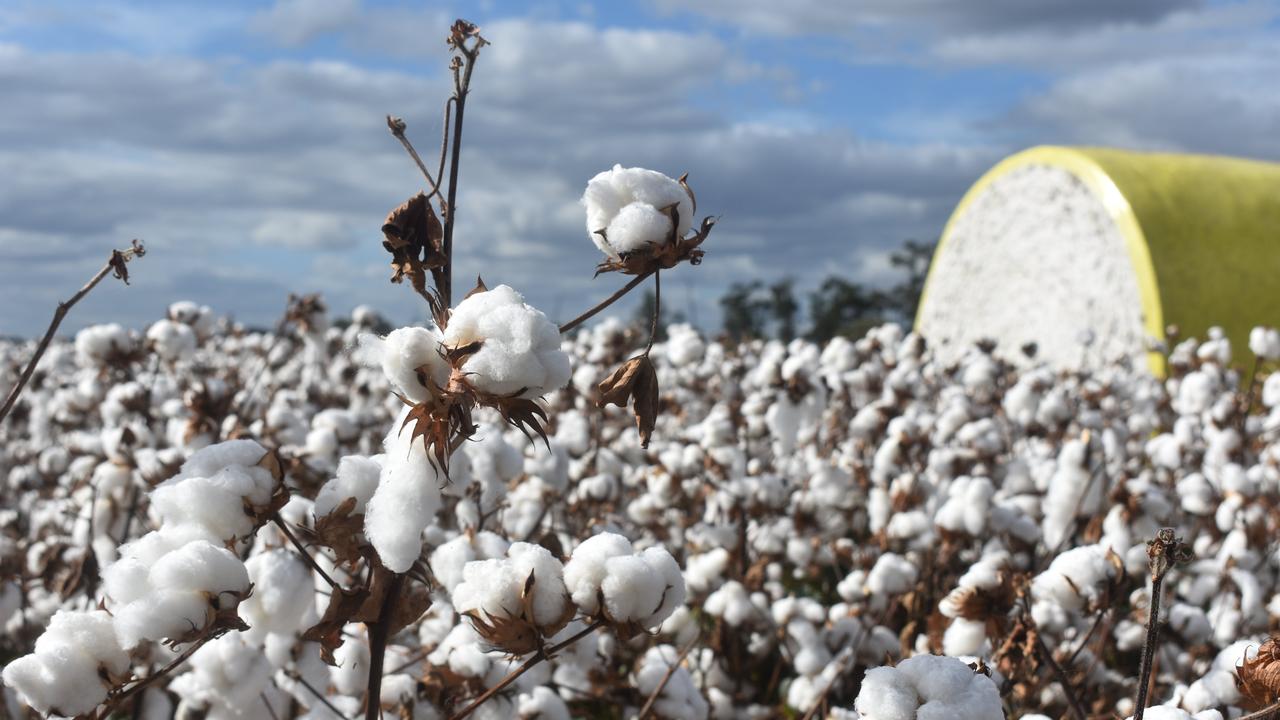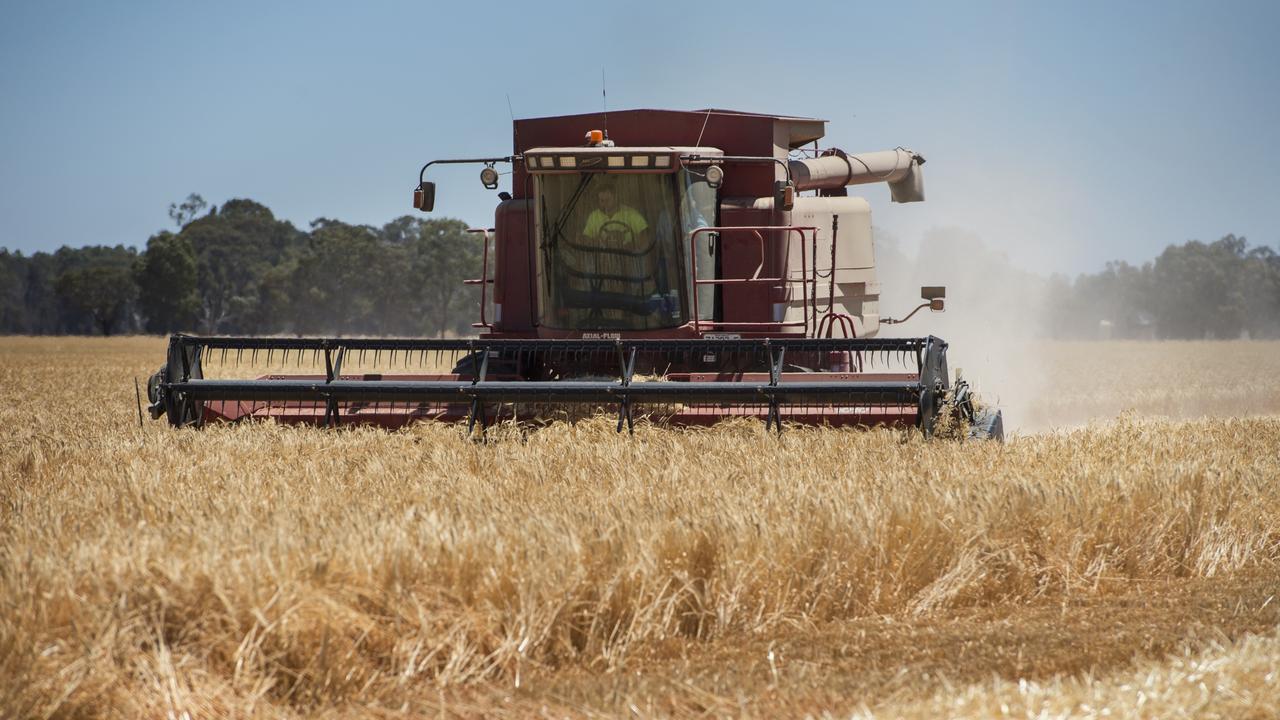Soil acidity: pH layering can harm pulse performance
FARMERS growing legumes have been urged to measure the pH levels of their soils — at 5cm intervals to a depth of 20cm — to identify pH stratification issues.

FARMERS growing legumes have been urged to measure the pH levels of their soils — at 5cm intervals to a depth of 20cm — to identify pH stratification issues.
NSW Department of Primary Industries pasture development officer Helen Burns made the recommendation at a recent Southern Farming Systems Field Day at Glenthompson
Ms Burns presented findings from a project funded by the NSW DPI and the Grains Research and Development Corporation.
Its aim was to improve the performance of legumes on acidic soils in southeastern Australia’s high rainfall cropping zone and involved surveys of commercial pulse crops in South Australia, Victoria and NSW.
She said farmers could use a number of management strategies to ensure optimum yields from acid-sensitive pulse crops.
The major problem was “inadequate paddock selection and preparation”, Ms Burns said.
For best results, farmers needed to select paddocks that had soil pH at depths of zero to 20-25cm — where 80 per cent of the roots are — above pH 5 tested in calcium chloride.
Crops needed to establish with plenty of early vigour to withstand stress.
“Effective nodulation and early vigour sets the potential of pulses on acidic soils; vigorous crops are more tolerant of stresses, including waterlogging and root disease infection,” she said.
“Pulses, including faba bean and lentil, are sensitive to acidic soils when pH measured in calcium chloride is below 5.2.
“The ideal pHCa range for these species is 6-8.”
Nitrogen-depleted soils added another complexity. To maximise production, these soils required nodulation by an appropriate strain of rhizobia.
Rhizobia was also acid-sensitive, she said.
“The ideal pHCa range (for rhizobia) is 6-9,” she said.
Looking further into the soil, acidic layers below the depth of 5cm adversely impact on root growth and structure, as well as the nodulation process, plant vigour and nitrogen fixation potential of acid-sensitive pulses.
“Surveys of commercial pulse crops in South West Victoria and the Frances area of South Australia have identified moderately and severely acidic layers in the 5-20cm soil profile,” Ms Burns said.
Standard soil samples at depths of 0-10cm and 10-20cm were not detecting severely acidic layers in the surface soil layers, she said.
As a result, finer sampling at 5cm intervals to a depth of 20cm was recommended to detect this pH layering, or “stratification”, she said.
The study had also shown problems with lime not being incorporated into the soil.
“The standard industry practice of spreading lime with no incorporation under no-till or zero till systems confines the lime effect to the surface layers,” she said.
“If severe pH stratification is detected, strategic cultivation is recommended to effectively incorporate fine-grade lime to a depth of 10cm at least 12 months before sowing acid-sensitive species,” she said.
However, if cultivation was not an option, Ms Burns recommended the time between lime application and sowing acid-sensitive species be extended to at least two years.
“Soil samples from commercial crops indicate current lime rates are insufficient at depths below 5cm,” she said.
“Appropriate lime rates to maintain pH in the entire top 10cm layer will ensure the lime effect moves below 10cm.”


